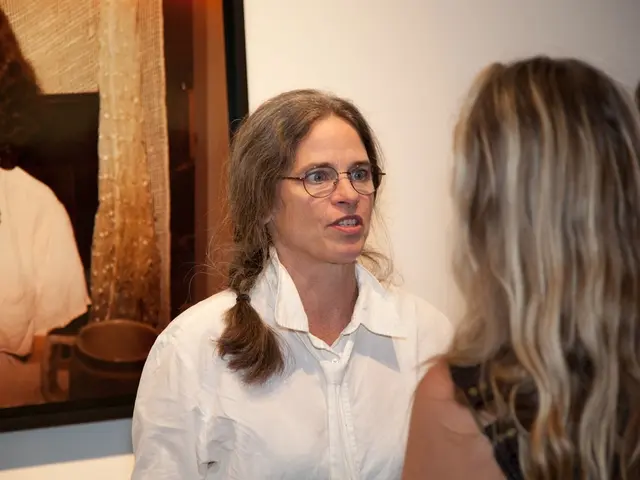Planting Daffodils in Alabama: Optimal Time and Guidelines
Planting Daffodils in Alabama: A Guide for Vibrant Spring Blooms
Daffodils, a beloved symbol of spring, thrive in Alabama's climate zones, adding a splash of colour to gardens across the state. Following these best practices will ensure strong and healthy daffodil blooms each year.
Ideal Planting Window
In Alabama (USDA Zones 7b to 8a), the ideal planting window for daffodils is late September through December. This aligns with cooler soil temperatures near 55°F, ideal for proper root development before winter. If your area doesn't get cold enough naturally, pre-chilling bulbs in a refrigerator for 6–12 weeks before planting may be beneficial.
Soil Preparation and Planting Depth
Prepare the planting site by loosening the soil and incorporating organic matter or compost to about 12 inches deep. This improves fertility, drainage, and root penetration. Plant bulbs at a depth three times their height to protect them from temperature fluctuations and pests.
Care and Maintenance
Ensure well-drained soil to prevent bulb rot. Water the bulbs after planting and during dry spells while they establish. After flowering, allow foliage to die back naturally to replenish bulb energy for the next season. Daffodils generally require minimal fertilization if the soil is well amended.
Additional Tips
- Grouping the bulbs in clusters of 10 or more can create a natural-looking and stunning floral display.
- Mixing different types of daffodils ensures a longer blooming season and a more colourful display.
- Adjusting the soil to meet daffodil requirements is essential, especially in areas with varying soil types like Alabama.
- 'Mount Hood', 'Jetfire', and miniature daffodils are examples of different varieties that add colour and diversity to a garden.
- Regularly check the daffodils for common issues such as aphids and bulb rot.
- Adding a layer of mulch can help retain moisture and regulate soil temperature.
Transplanting and Fertilization
Transplanting daffodils involves digging up small bulbs after the blooming season ends, separating them, and replanting in well-draining soil. I mix in a balanced 5-10-10 fertilizer before planting and apply a top-dressing of the same fertilizer once the foliage appears.
Avoiding Common Pitfalls
Avoid planting in areas prone to standing water. Daffodils have moderate nitrogen needs, so overdoing it can lead to more leaves than flowers. Watch out for yellowing leaves, which could indicate bulb rot. Using insecticidal soap or neem oil can help deal with aphids.
Naturalizing Daffodils
Naturalizing daffodils involves planting them randomly across a lawn or field to achieve a natural look. It's essential to keep the soil moist but not waterlogged. Selecting varieties like 'Ice Follies', 'Carlton', or 'Thalia' for their versatility in different soil types is beneficial for naturalization.
By following these guidelines, you'll be well on your way to enjoying beautiful daffodil blooms in your Alabama garden each spring.




